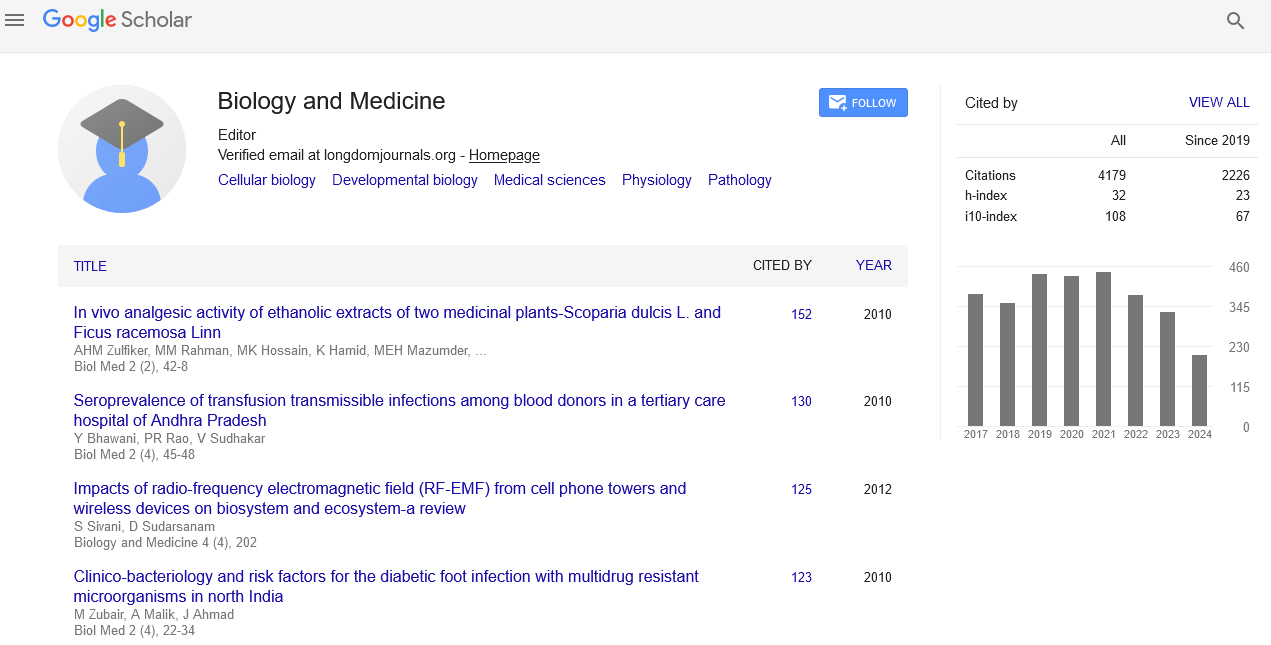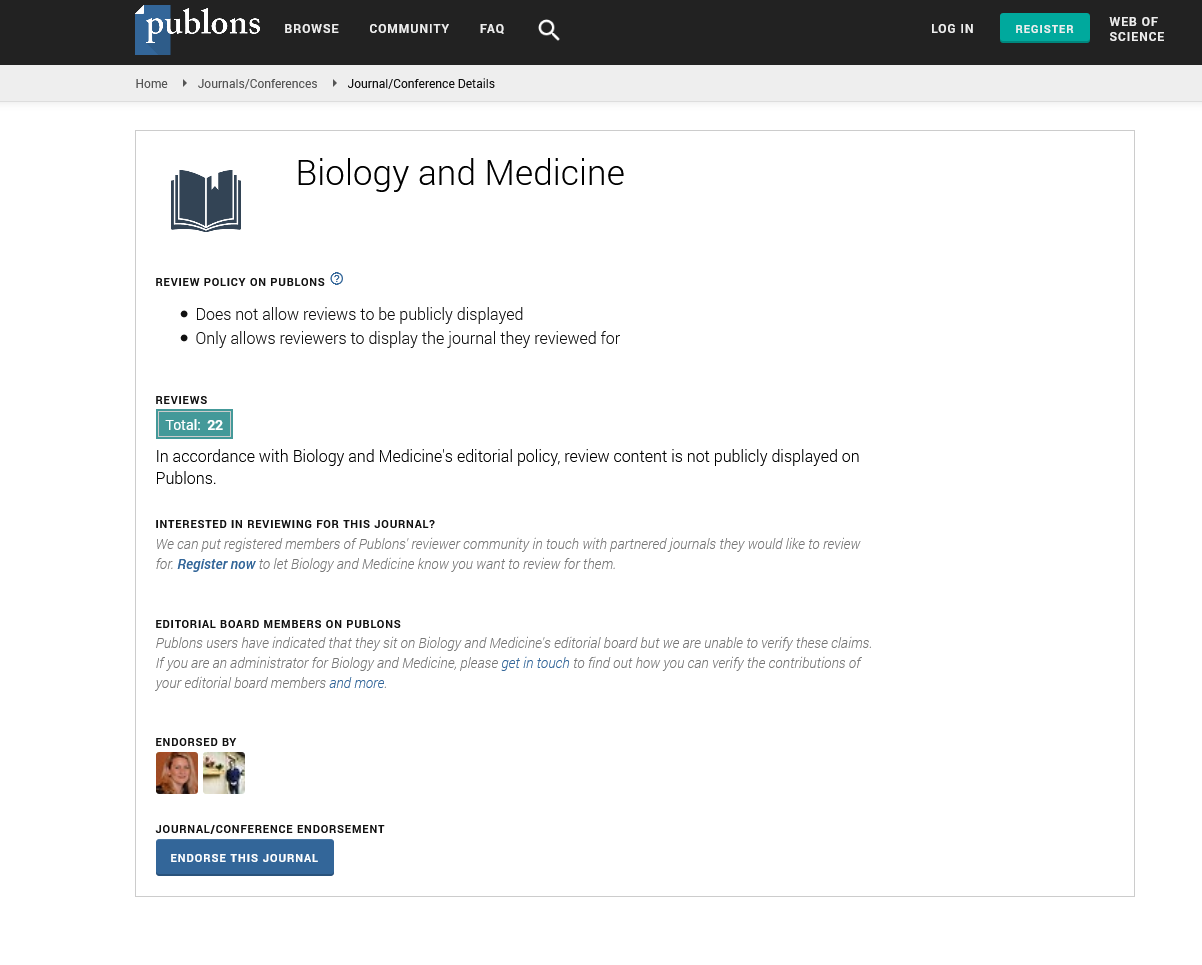Indexed In
- Open J Gate
- Genamics JournalSeek
- CiteFactor
- Cosmos IF
- Scimago
- Ulrich's Periodicals Directory
- Electronic Journals Library
- RefSeek
- Hamdard University
- EBSCO A-Z
- Directory of Abstract Indexing for Journals
- OCLC- WorldCat
- Proquest Summons
- Scholarsteer
- ROAD
- Virtual Library of Biology (vifabio)
- Publons
- Geneva Foundation for Medical Education and Research
- Google Scholar
Useful Links
Share This Page
Journal Flyer

Open Access Journals
- Agri and Aquaculture
- Biochemistry
- Bioinformatics & Systems Biology
- Business & Management
- Chemistry
- Clinical Sciences
- Engineering
- Food & Nutrition
- General Science
- Genetics & Molecular Biology
- Immunology & Microbiology
- Medical Sciences
- Neuroscience & Psychology
- Nursing & Health Care
- Pharmaceutical Sciences
Abstract
The Role of Parathormone Measurement after Total Thyroidectomy: Short Review
Natalia Lucia Gómez*, Alejandro Yanzón de la Torre, Marcelo Fernando Figari
Hypocalcemia is a common complication after total thyroidectomy that results from inadvertent exeresis or devascularization of the parathyroids glands during surgery. Being able to predict patients at risk of postoperative hypocalcemia allows surgeons to prevent symptoms and adequate calcium supplementation. Stratification of patients at risk also prevents from unnecessary treatment and enables early hospital discharge in selected cases. Postoperative intact parathormone (iPTH) has been widely assessed as a reliable predictor of postoperative hypocalcemia; despite the variability that involves most protocols regarding timing and cut-off values, most of them agree that PTH has a high sensibility to predict patients in risk of postoperative hypocalcemia. The aim of this short review is to up-date knowledge in this issue. It seems that only one measurement is sensible enough to predict those patients in risk of hypocalcemia. Timing of dosage is still controversial but many authors agree that 4 to 6 hours is highly sensible. Besides, threshold levels are also a contentious issue but most publications consider that patients with normal PTH levels are unlikely to progress into risky hypocalcemia. Health costs could also be improved by using PTH assays, as patients could be discharged earlier and calcium supplementation optimized.
Published Date: 2020-08-25; Received Date: 2020-06-03


